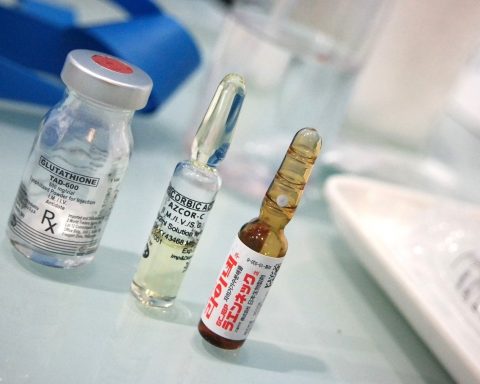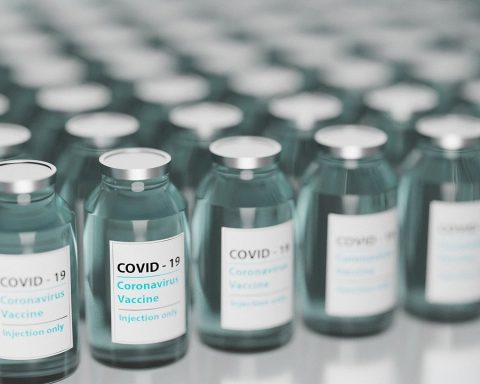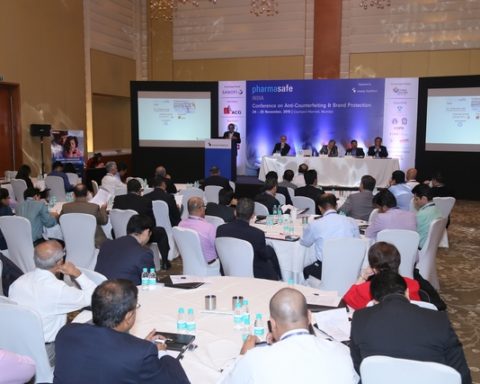The packaging is a link connecting production with marketing whereby the goods reach from the production center to the consumers in a safe and sound condition with a minimum overall cost. Packaging can also be defined as the coordinated system which can enclose or protect the products for distribution, storage, preservation, transportation, information, and sales.
The pharmaceutical brands are most vulnerable due to their higher market share, ease of production, and greater profit margins Counterfeit is a problem of product security. Products sidetracked from their proper distribution channel, or sold past their expiry date, or by modification of the package are associated with the problem of counterfeiting.
Counterfeits are unauthorized reproductions of a trademarked brand. The first international meeting on counterfeit medicines was held during April 1-3, 1992, at World Health Organization (WHO) in Geneva and the following definition was accepted: [box]”A counterfeit medicine is one which is purposely and falsely mislabeled in accordance to identity and/or source. Counterfeiting can pertain mutually to both branded as well as generic products comprising of either correct or incorrect ingredients, lacking active ingredients, or with forged packaging.”[/box]
Counterfeiting and piracy are in term the same since they are both the reproduction of identical copies of the genuine product. Counterfeiting is a high-volume, high-profit business that causes the infringement of intellectual property rights, medicine legislations, and other aspects of criminal law.
Anti-counterfeit technologies are of two types namely authentication packaging and track and trace packaging technologies. Increasing cases of counterfeiting have resulted in the implementation of anti-counterfeit technologies.
Authentication is the act of establishing or confirming something as genuine. Authentication is of utmost importance because the use of counterfeit medicines can be harmful to the health and wellbeing of the patients. Their use may result in treatment failure or even death. Authentication is generally done through the overt or covert features upon the product.
A number of Track and Trace applications are under development for the pharmaceutical sector, although the principles have been established for many years in other contexts. These involve assigning a unique identity to each stock unit during manufacture, which then remains with it through the supply chain until its consumption. This identity will normally include details of the product name and strength, and the lot number and expiry date.
Furthermore, there are some other anti-counterfeit packaging technologies–
Overt (Visible) Features- Overt features are expected to assist the users to confirm the genuineness of a pack. Such features will be significantly visible, and complex or expensive to reproduce. They include optical variable coatings with changing colors, thermochromic inks, and watermarks.
Barcodes are high-density linear or two-dimensional codes incorporated onto the product package, which are scanned and sent to the central database.
Holography is well known for its capacity to produce striking three-dimensional images. Holograms are now widely available in a variety of formats such as holographic shrink sleeves, blister packaging aluminum foil, holographic induction cap seals, polyester-based tamper-evident labels, and holographic hot stamping foil.
Covert (Hidden) Features- The rationale of a covert feature is to aid the brand owner to recognize a counterfeited product. A covert feature should be difficult to sense or copy without specialist knowledge. Covert features include microscopic particles of specific colors and labels printed with color combinations.
The implementation of overt and covert techniques by the industries can raise the bar for the counterfeiters.








